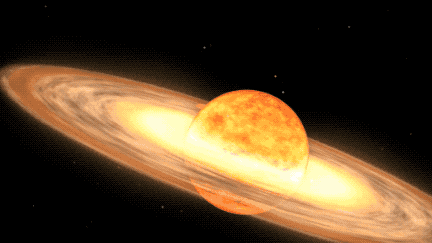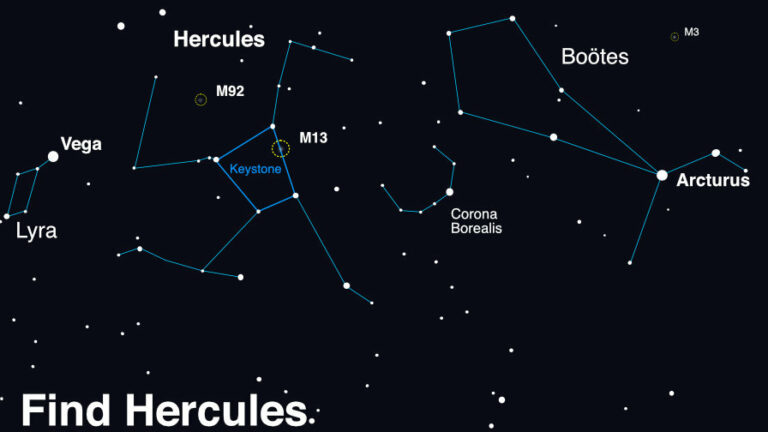A rare nova ignites a 'new star' in the sky this year. Here's how to see it
A nova outburst visible to the naked eye is expected to decorate the night sky this year, offering a once-in-a-lifetime stargazing opportunity.

A nova outburst visible to the naked eye is expected to decorate the night sky this year, offering a rare skywatching opportunity.
The star system offering us this opportunity is known as T Coronae Borealis (T CrB). It's located some 3,000 light-years away from Earth and consists of a red giant star and a white dwarf that orbit each other. When the white dwarf steals enough stellar material from its red giant companion, it ignites a brief flash of nuclear fusion on its surface, triggering what is known as a nova outburst.
The outburst will be visible in the constellation Corona Borealis, also known as the Northern Crown, which forms a semicircle of stars. The outburst is expected to occur between February and September 2024 and appear as bright as the North Star in our night sky for no longer than a week before fading again, NASA officials said in a statement.
Related: Fastest nova ever seen 'rings' like a bell thanks to feeding white dwarf
"This could be a once-in-a-lifetime viewing opportunity as the nova outburst only occurs about every 80 years," NASA officials said in the statement.
This recurrent nova, which last exploded in 1946, is just one of five observed within the Milky Way galaxy. To spot the outburst, viewers should point their gaze to Corona Borealis, which lies between the constellations Boötes and Hercules. The outburst will appear as a bright "new" star in the night sky.
Generally, these binary stars have a magnitude of +10, which is far too dim to see with the unaided eye. However, during the outburst, the stellar system will have a magnitude of +2, which is comparable to the brightness of the North Star, Polaris, according to the statement.
Get the Space.com Newsletter
Breaking space news, the latest updates on rocket launches, skywatching events and more!

"Once its brightness peaks, it should be visible to the unaided eye for several days and just over a week with binoculars before it dims again, possibly for another 80 years," NASA officials said.
The explosive stellar pair consists of a white dwarf — a relatively small, dense stellar remnant — and a larger red giant star in the late stages of stellar evolution, meaning its outer atmosphere is inflated and tenuous. The gravitationally-bound stars are close enough that, as the red giant grows unstable from its increasing temperature and pressure, it ejects its outer layers onto the white dwarf. The accumulation of matter heats the white dwarf's dense atmosphere enough to trigger a thermonuclear reaction that produces the nova we see from Earth. This cycle will continue once the nova dims as well, with the white dwarf collecting enough matter to create another outburst.
Join our Space Forums to keep talking space on the latest missions, night sky and more! And if you have a news tip, correction or comment, let us know at: community@space.com.

Samantha Mathewson joined Space.com as an intern in the summer of 2016. She received a B.A. in Journalism and Environmental Science at the University of New Haven, in Connecticut. Previously, her work has been published in Nature World News. When not writing or reading about science, Samantha enjoys traveling to new places and taking photos! You can follow her on Twitter @Sam_Ashley13.
-
AboveAndBeyond There's a close-up photo of Corona Borealis with the location of the star marked at:Reply
https://visns.neocities.org/TMITHOA/TM_May.htm . Look under Discoveries/May 12th.
It says there the 80 year "period" is only approximate, being based on two known eruptions, and since the last one was in 1946 it might be more like 2025-26 this time.
But definitely check out Corona Borealis any clear night you get. -
Ripley256 Since the star is 3000 light years from us, didn't the explosion happen 3000 years ago, and the light from it is just now getting to us?Reply









